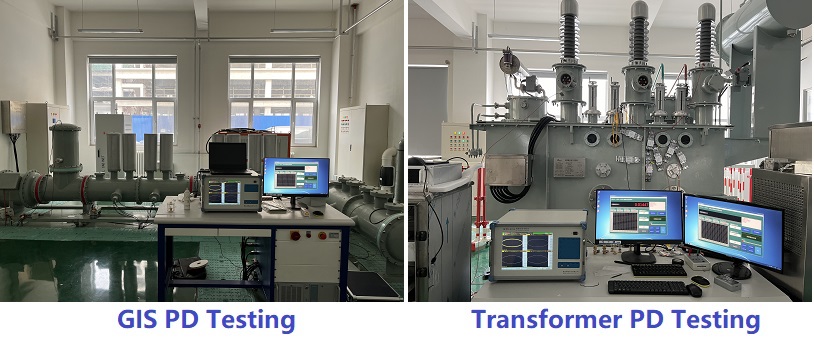The ultrasonic detection method is based on the characteristics of ultrasonic waves generated during the partial discharge process, using ultrasonic sensors to collect the ultrasonic waves generated by partial discharges in the gaps of the switch cabinet wall, and thereby obtain the location and size of the partial discharges. This method can effectively avoid the influence of electromagnetic interference, the positioning is convenient, and the results of online and offline detection are basically the same. However, due to the complicated propagation process of ultrasonic waves in the switchgear and the existence of refraction, which seriously affects the accuracy of partial discharge positioning, it is impossible to use ultrasonic signals to quantitatively judge and identify partial discharges.
To sum up, whether it is the temperature monitoring of the switchgear or the partial discharge monitoring, it only monitors a single quantity and cannot respond to the real-time situation in the switchgear in time. At the same time, neither of the two types of monitoring can achieve an early warning before a failure occurs, which is the biggest drawback of the two. Therefore, it is necessary to study the gas online monitoring system in the switchgear to detect abnormalities in time and eliminate hidden dangers.

Kingrun Transformer Instrument Co.,Ltd.
More Transformer Testers from Kingrun